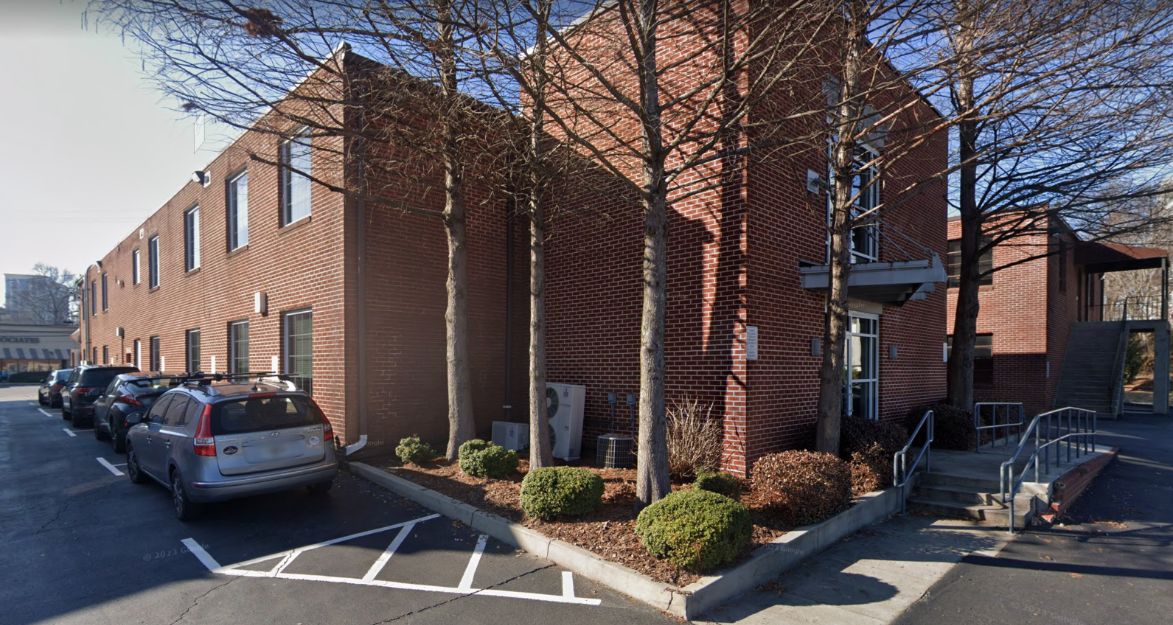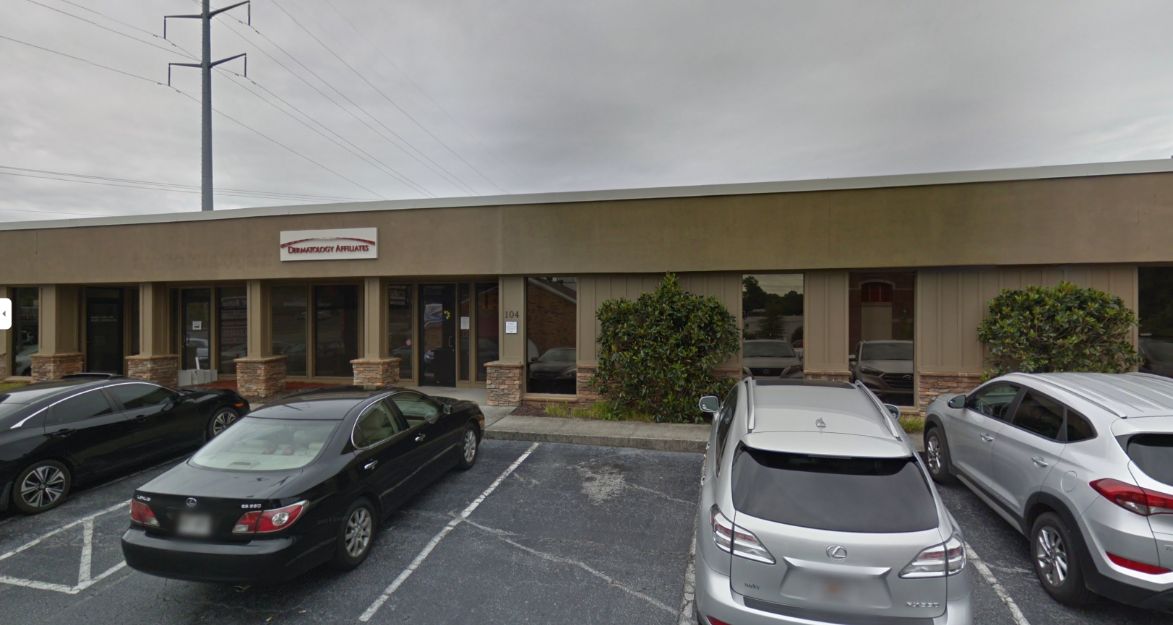Standard Excision
What to Expect from a Standard Excision in Dermatology
A standard excision is a common dermatological procedure that involves the surgical removal of a skin lesion or abnormality, whether for diagnostic or therapeutic purposes. This procedure is often recommended for a variety of reasons, including the treatment of skin cancers, the removal of bothersome moles, or addressing cosmetic concerns.
Opting for a standard excision provides patients with a thorough approach to their skin care needs, ensuring that the lesion is completely removed and reducing the risk of recurrence. It’s a versatile and efficient solution that addresses your specific concerns with clear treatment goals in mind, helping you achieve better skin health and enhanced well-being.
If you're considering a standard excision, you can trust that this procedure offers a reliable path to improved skin health and peace of mind.
Examples of Standard Excision
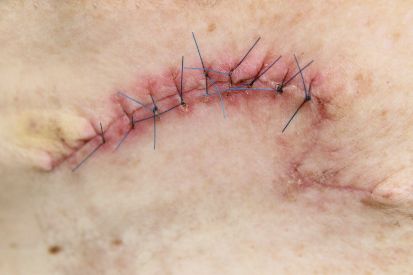
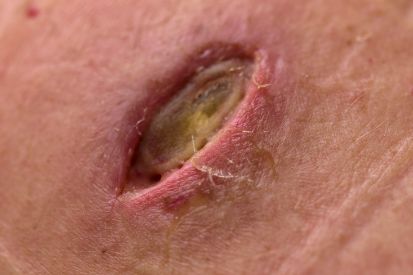
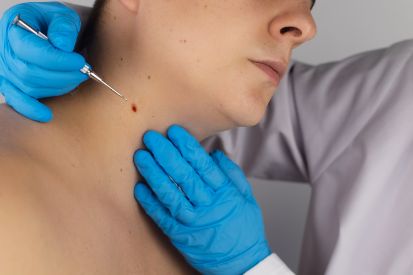
Standard Excision Explained
Before the excision, patients typically undergo a consultation with the dermatologist, during which the need for the procedure is discussed, and any potential risks or benefits are explained. The dermatologist may recommend excision if a skin lesion raises concerns about malignancy, or if it causes discomfort or cosmetic issues.
Benefits of Standard Excision
How Dermatology Affiliates Can Help: Standard Excision in Atlanta, GA
Standard Excision FAQs
Standard excision is highly effective for treating many types of skin cancer, particularly when the cancer is detected early. By removing the lesion with a margin of healthy tissue, the procedure helps ensure that all cancerous cells are eliminated, reducing the risk of recurrence. Regular follow-up with your dermatologist is important to monitor for any new or recurring lesions.
No, your dermatologist uses local anesthesia to ensure the procedure is pain-free. Patients may feel some pressure but should not experience pain.
The procedure typically takes 30 minutes to an hour, depending on the size and location of the lesion. This includes the time needed to numb the area, remove the lesion, close the wound, and provide aftercare instructions. However, individual results may vary.
In some cases, the removed tissue is sent to a laboratory for analysis.
Scarring is common after a standard excision, as the procedure involves cutting the skin. The size and appearance of the scar depend on the size of the lesion removed, the location, and your body’s healing process. Your dermatologist will give you tips on minimizing scarring, such as keeping the wound clean and avoiding sun exposure.
Your dermatologist will discuss possible alternatives during the consultation, taking into account the nature of your skin condition and individual factors.
What to Expect at Your Standard Excision Appointment
Post-excision, the dermatologist closes the wound using sutures or other methods based on size and location, providing patients with post-operative care instructions, including wound cleanliness and activity restrictions during healing.
How to Prepare for Standard Excision
Planning for Standard Excision Recovery
We will work with you to ensure proper recovery and are happy to answer any questions you have.
Featured Blogs

- General Dermatology
- Skin Care
- Chronic Skin Conditions
Skin tags are benign growths of excess skin which form in response to rubbing and irritation. Read more to learn about what we can do about them.
Read More
- Skin Care
- Botox
- Cosmetic Treatments
Retiniods are proven to combat fine lines, brown spots and improve texture, “tret” has been shown to enhance collagen production, even skin tone, unclog pores, and smooth skin texture.
Read More
- Skin Care
- Cosmetic Treatments
Entering their 40s warrants special attention to neck care. Often overlooked until signs of aging have already manifested, it's imperative to begin applying sunscreen to the neck daily.
Read MoreFeatured Products
Check your local office for current stock!
Check your local office for current stock!

